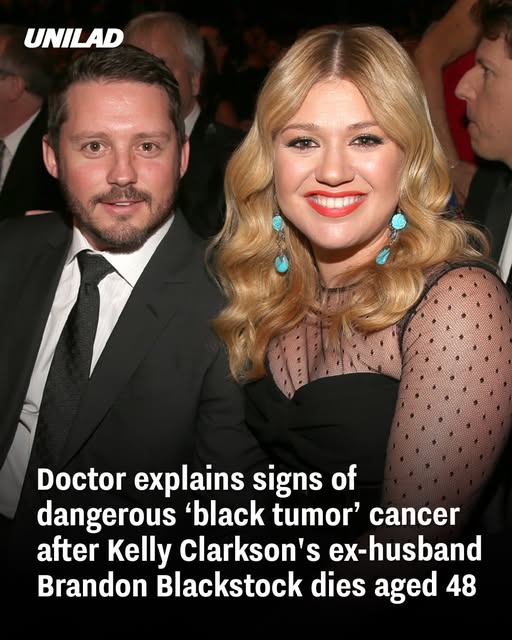The recent and tragic passing of Brandon Blackstock, the ex-husband of singer-songwriter Kelly Clarkson, from melanoma has pulled focus toward the warning signs of this particularly dangerous form of skin cancer.
Why Melanoma Is So Dangerous
Often referred to as the “black tumor,” melanoma is the deadliest form of skin cancer due to its high potential to metastasize through the bloodstream and lymphatic system. Unlike other skin cancers such as basal cell carcinoma—which usually remains localized—melanoma can spread rapidly to other organs, drastically reducing survival rates if not detected early.

Key Symptoms to Watch For
Medical experts highlight the importance of early detection through awareness of these red-flag signs, often referred to as the “ABCDEs”:
- Asymmetry: One half of a mole or spot doesn’t match the other.
- Border irregularity: Edges that are ragged or blurred.
- Color variation: Multiple shades—black, brown, red, pink, white—within the same spot.
- Diameter: Larger than 6 mm (about the size of a pencil eraser).
- Evolution: Any noticeable change in size, shape, color, or elevation
- Other risk factors include previous skin cancer, family history, fair skin, frequent sunburns, and high UV exposure.
Early Detection Saves Lives
The prognosis for melanoma is significantly better when detected early. The five-year survival rate is around 99% if localized, but drops to about 35% once the cancer has metastasized. Regular self-screenings and dermatologist check-ups are critical for early detection.
Prevention: What You Can Do
Proactive prevention strategies are essential:
- Apply a broad-spectrum sunscreen (SPF 30+) daily, especially during prolonged sun exposure.
- Wear protective clothing—hats, sunglasses, and long sleeves.
- Avoid tanning beds and intense midday sun.
- Check your skin monthly and consult a dermatologist for any suspicious changes or new growths.
Melanoma remains one of the most underestimated cancers, despite being the deadliest form of skin cancer. Public health experts stress that awareness campaigns, regular skin checks, and protective habits can drastically reduce the number of late-stage diagnoses. The tragedy of losing someone as young and vibrant as Brandon Blackstock serves as a wake-up call—not only for those at obvious risk but for everyone.
Many people wrongly assume melanoma only affects individuals with fair skin or those living in sunny climates. In reality, anyone can develop it, regardless of age, ethnicity, or lifestyle. It can appear on skin that rarely sees the sun, such as the soles of the feet or under fingernails, making full-body checks essential.

Doctors also highlight the emotional toll a melanoma diagnosis can take. Patients often experience fear, uncertainty, and anxiety, not only about survival but also about how treatment might change their appearance and daily life. Support networks, counseling, and patient advocacy groups play a crucial role in helping individuals navigate the journey from diagnosis to recovery—or, in advanced cases, through palliative care. Ultimately, prevention and early action remain the strongest weapons in the fight against melanoma.
A Final Thought
Brandon Blackstock’s quiet struggle with melanoma ended with profound loss for his family—and raised public awareness of the importance of early detection and prevention. If you or someone you know is concerned about skin cancer, don’t wait—reach out to a medical professional early.

















